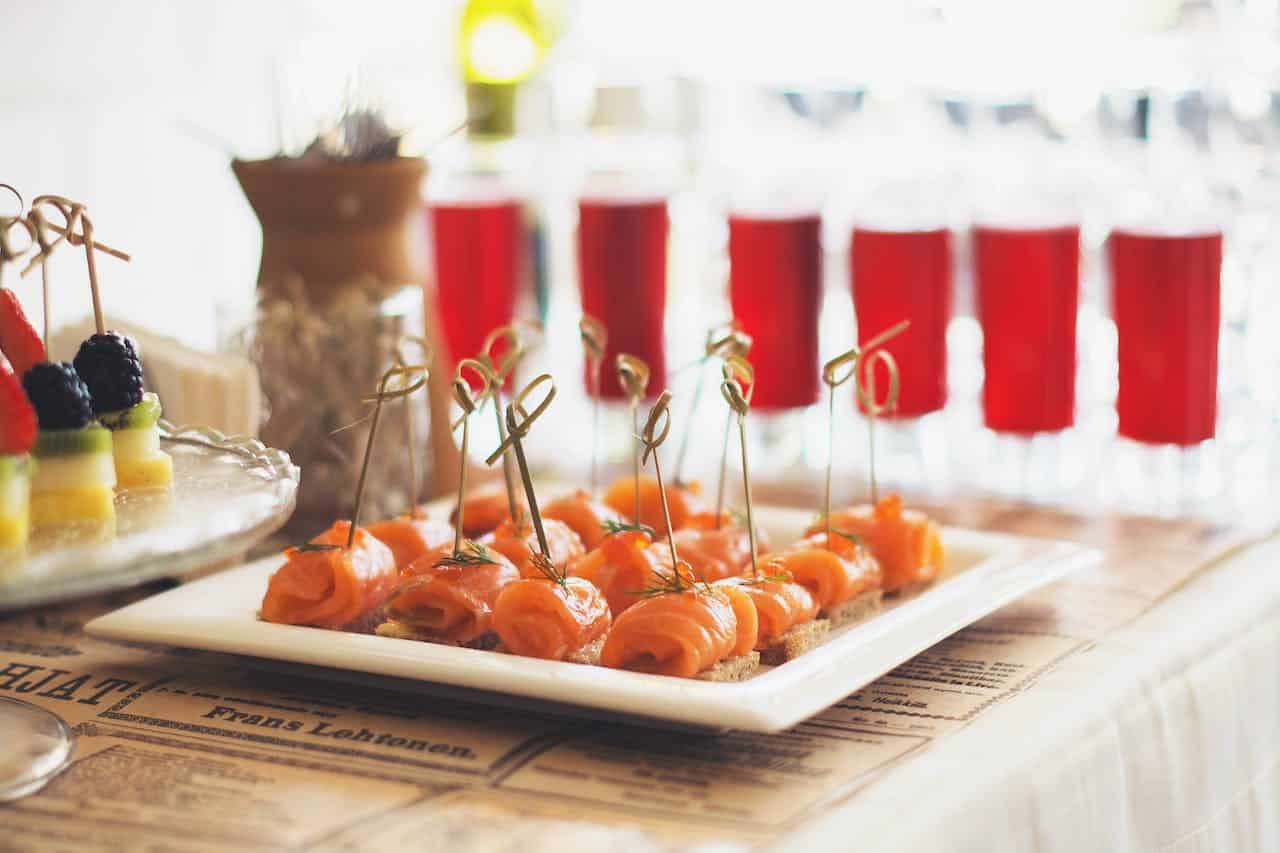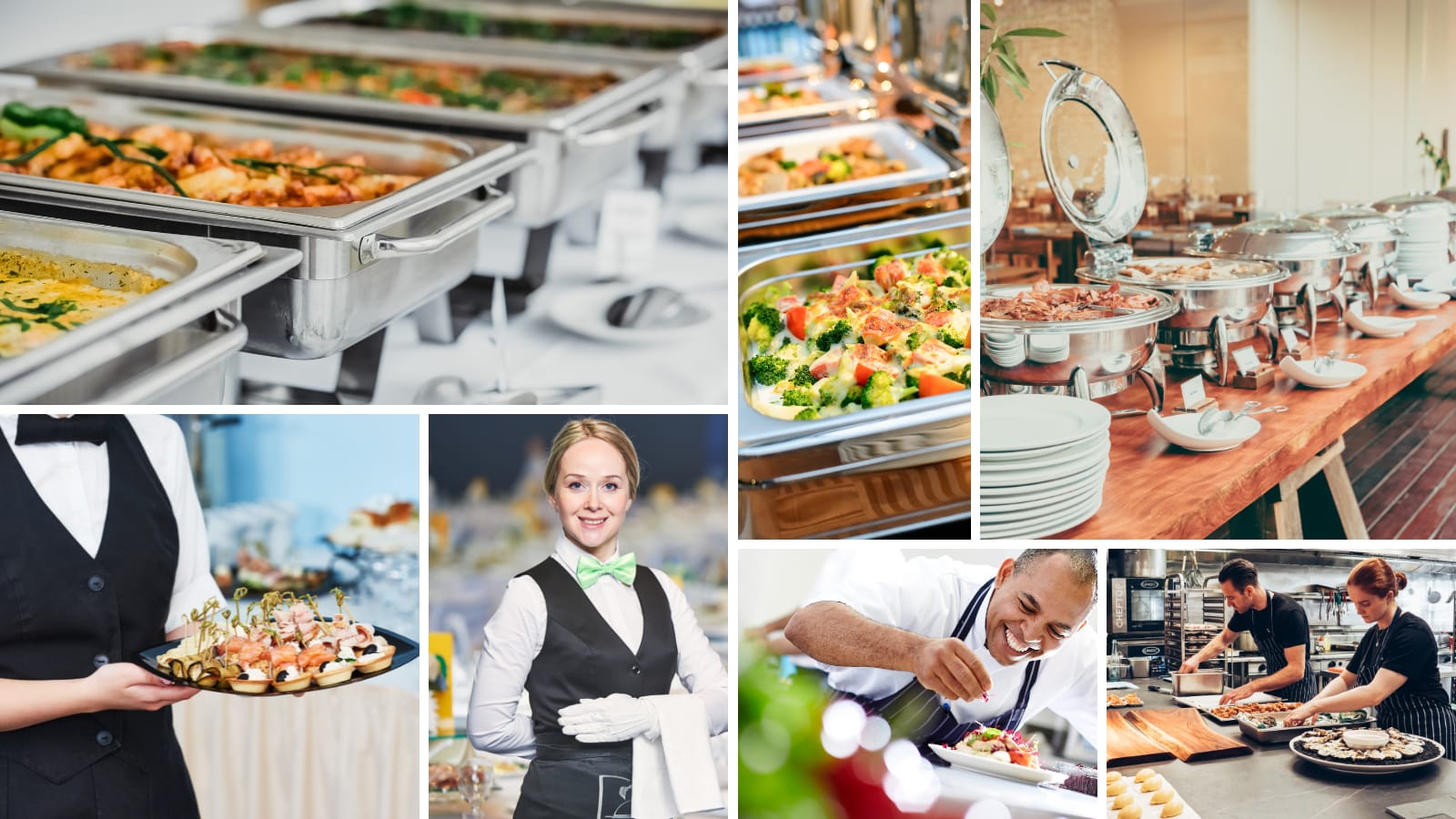How To Carry Out A Kitchen Redesign
How To Carry Out A Kitchen Redesign
 One of the great ways to add value to your home and give it a fresh look for yourself is to redesign your kitchen. Updating and changing the way your kitchen looks and works can give you a real boost, but it’s very important you spend plenty of time in the planning stage.
One of the great ways to add value to your home and give it a fresh look for yourself is to redesign your kitchen. Updating and changing the way your kitchen looks and works can give you a real boost, but it’s very important you spend plenty of time in the planning stage.
You don’t just want to go ahead and pick a kitchen you like and have it fitted. You’re likely to be living with your choice for 10 or more years so not only do you want the right design but you want the right layout too.
And if it’s well designed then future modifications will be a doddle, allowing you to change the paintwork or accessories to create a whole new look without replacing major items to achieve the same.
Start by deciding on your budget. For a new fitted kitchen you can expect it to cost about A�3,000 but for a completely new layout you should be looking at about A�10,000. It’s really up to you but never spend more than 10% of the value of your home.
With your budget in mind consider your needs – what do you use your kitchen for predominantly? Do you like to cook, will you need storage for fresh ingredients or a large fridge / freezer for chilled and frozen products? Will your kitchen be used for eating and entertaining as well as cooking? Will you need to include a washing machine and / or dryer? Will children be using the kitchen at all?
Answering these questions will help you decide on what you want. Another great tip is to make a list of all the things you don’t like about your current kitchen. Not enough surface space, not enough cupboards, dishwasher too your new kitchen designed addressing all of these issues and you’ll be much happier with how it turns out.
Now you can turn to the actual design. Using kitchen design software, otherwise known as 3D Cad software, you can map the space you have to work with and try out different layouts.
For long, narrow kitchens you can experiment with the ‘Galley Kitchen’, where all appliances and worktops run down one wall. Careful positioning of the sink, hob and fridge / freezer are essential to getting the best out of the limited space. For example, keeping the hob and sink close together will increase productivity, but do leave 18 inches at least between them for greater versatility.
If your kitchen is wide enough, you can try out the double galley, where appliances and work surfaces run down opposite walls. You should have at least three to four feet between them, so bear that in mind. And keep full height units and appliances like a fried / freezer at the ends to maximise space.
If your kitchen is very wide, don’t look at the galley options, as you will only succeed in creating a corridor effect. Instead think about using an island, L-shape or U shape and always bearing in mind what your kitchen will be used for.
Each has their own benefits and suit certain lifestyles. The island kitchen, for example, features a central ‘hub’ which can be either the hob and work surface for the sociable chef or a preparation area with seating for eating at.
For the serious cook, the L or U-shaped kitchens provide the best use of space and give the most area for working in, while the former also leaves room for a dining table in kitchens that are big enough.
Really do take your time looking at what works best for you, making use of the kitchen planning software provided by most kitchen design and fitting companies. You’ll reap the rewards of the time and effort you put in before making final decisions.


